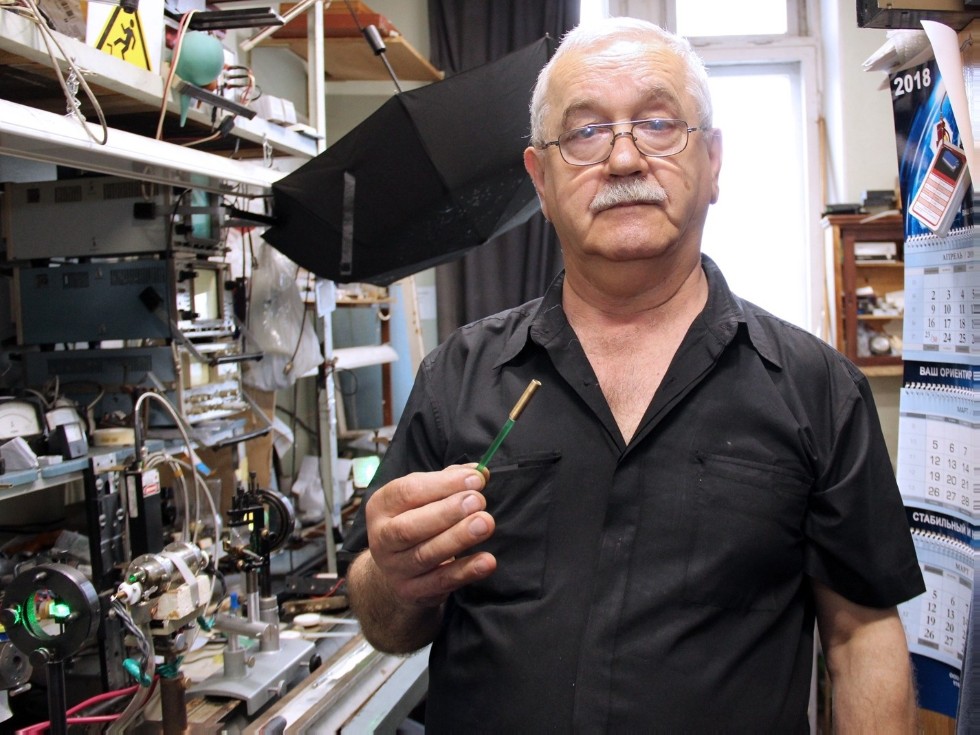Large laser crystal to serve as active medium for lidar

A colquirite crystal grown by Kazan University physicists will help in atmosphere research.
First ever Cr:LiCaAlF6 crystal in Russia was grown by the Quantum Electronics and Radio Spectroscopy Lab and commissioned by the Institute of High Current Electronics, Russian Academy of Sciences. Tests have proven that that it can generate laser impulses of 780 nm wavelength and 0.5 joules energy. Further down the road, the team plans to widen the range of wavelengths to 750 – 900 nm.
With this active element, the lidar in Siberia will be able to detect more polluting compounds in the atmosphere and measure their concentration more precisely. The wavelength of the crystal can also be of use in medicine and industrial production. If shorter impulse radiation is achieved, it can enhance surface treatment.
Fluoride Crystal Team Leader Alexander Naumov commented that the colquirite crystal project took three years. He also mentioned that lamp-pumped lasers are very attractive because of their efficiency and cost. Such crystals can also work with diode pumping, which is one of the contemporary trends of quantum electronics.
Source text: Larisa Busil
Translation: Yury Nurmeev